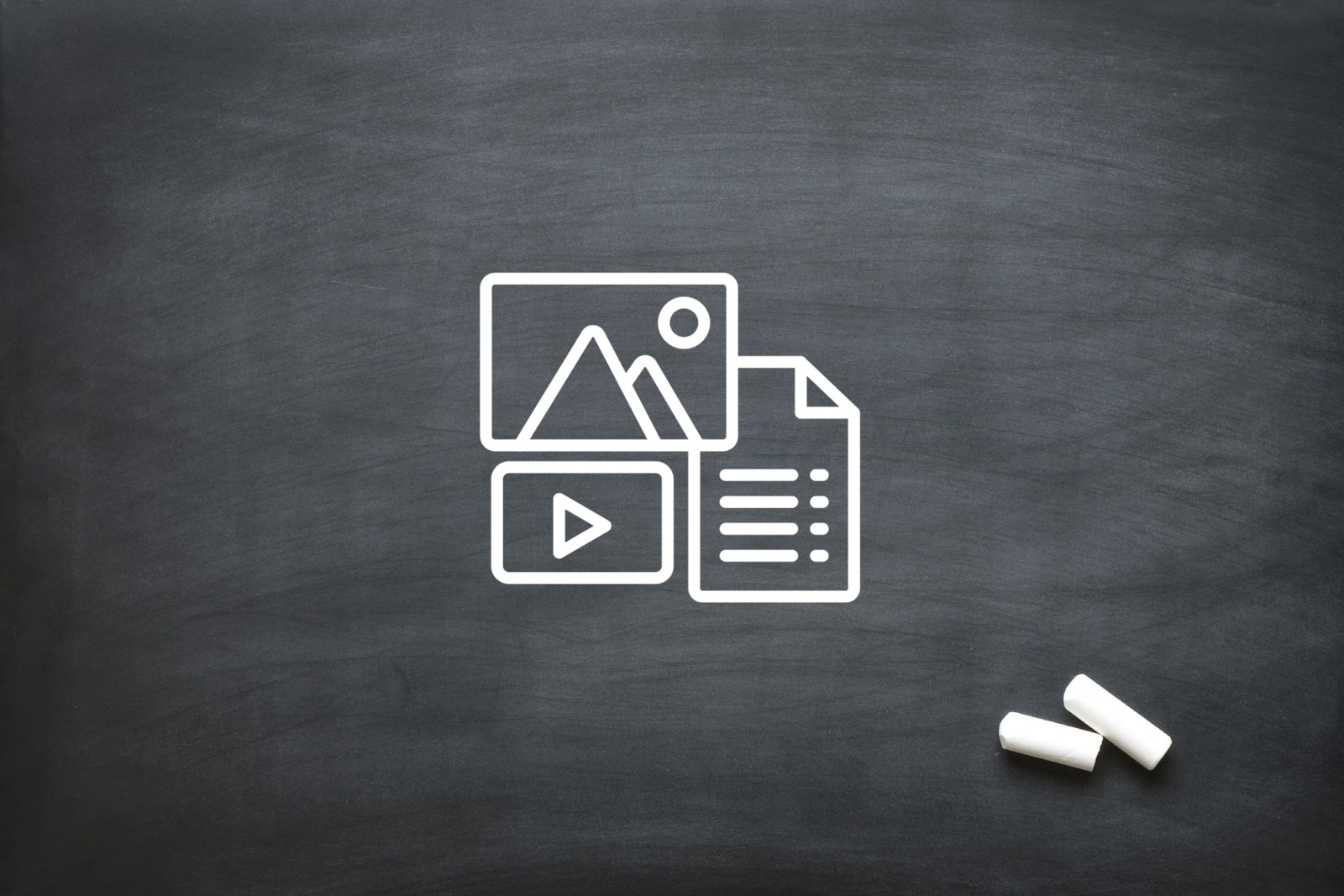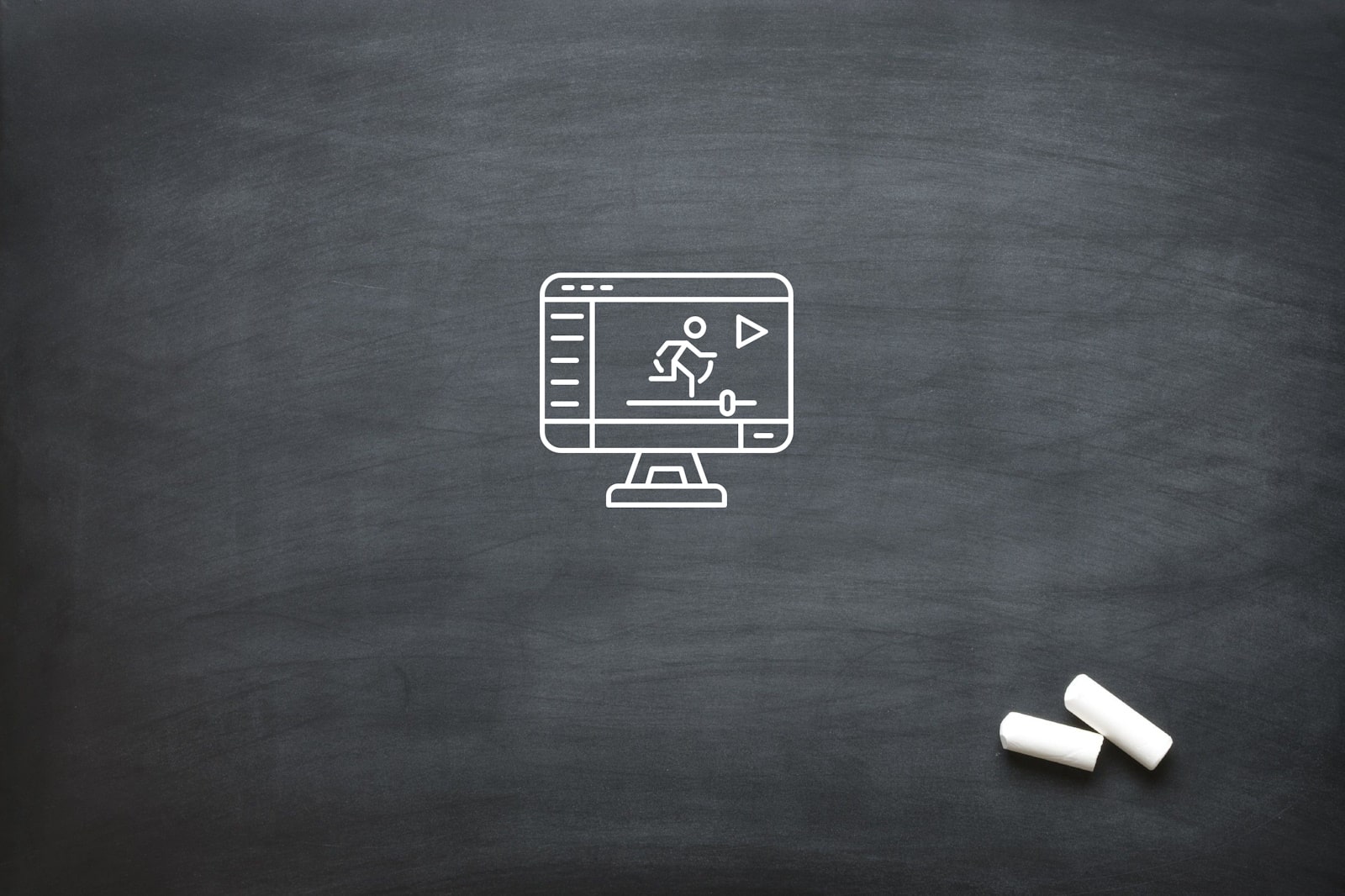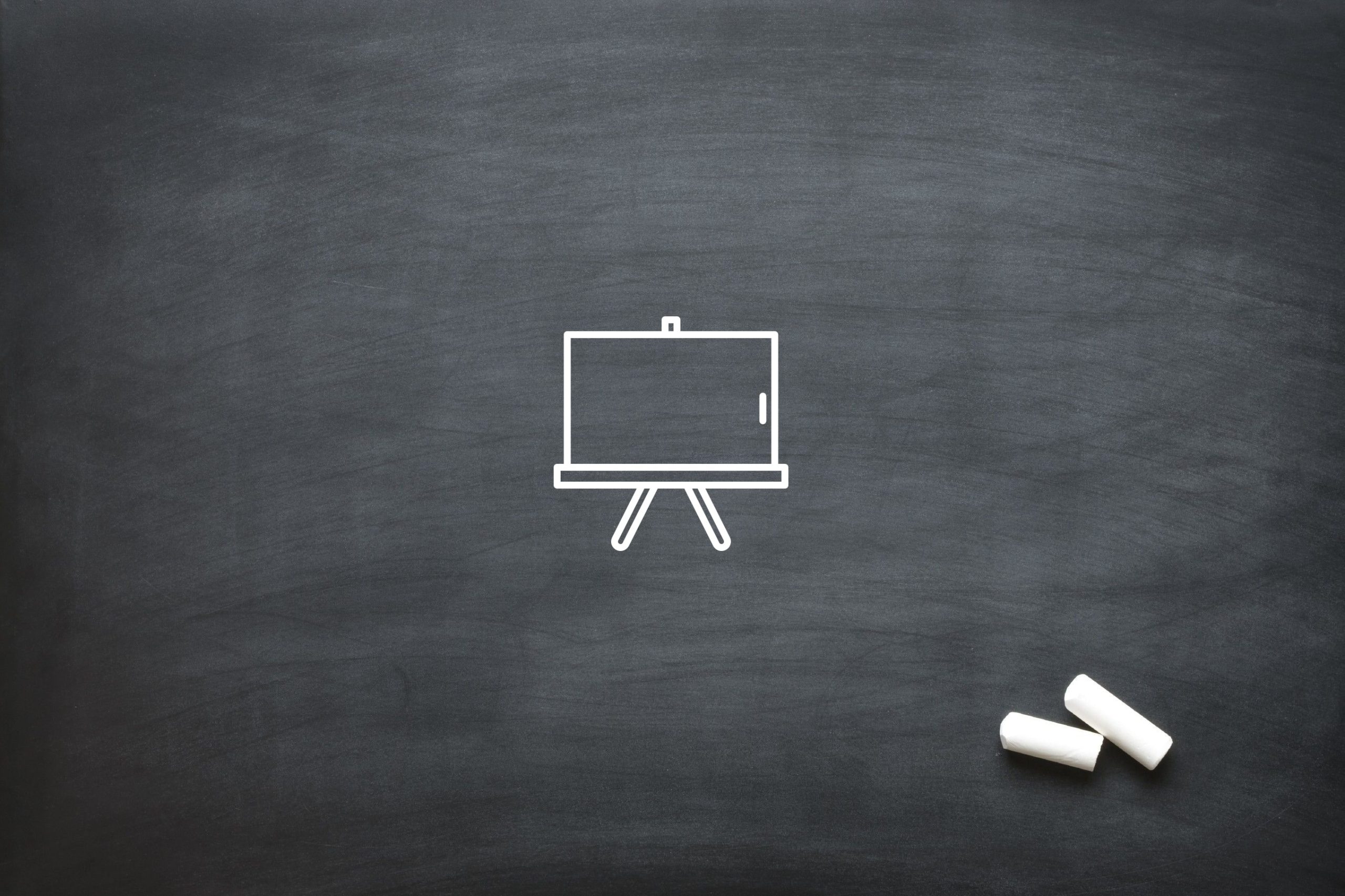
The 12 Principles and 3D Animators
For decades, the 12 principles of animation have been the bedrock of visual storytelling, guiding animators in breathing life into characters and scenes. Developed in the era of hand-drawn film, they were never intended for a digital future—but here we are. Today’s 3D animators must interpret and adapt these principles within the constraints of mesh integrity, complex rigs, virtual cameras and real-time rendering.
So, do the 12 principles still hold relevance in a modern, high-fidelity 3D workflow? The answer is both yes and no. While some principles translate seamlessly, others require reinterpretation.
Squash and Stretch in 3D
Squash and stretch provide the illusion of weight, elasticity and flexibility—key traits in both stylised and realistic motion. For 3D animators, this principle is no longer about exaggerated redrawing but about skillfully adjusting deformation systems, rig controllers and mesh integrity to maintain believability. When used correctly, it lends both humour and weight to a scene, enhancing everything from cartoon antics to lifelike motion.
Unlike traditional animation, 3D requires maintaining consistent volume. That means exaggerated motion must be tempered by technical considerations. Overstretching can break models or distort textures, so animators rely on refined rig setups to manipulate shape without sacrificing form. Squash and stretch are still vital—they just require more finesse.
Anticipation and Follow-Through
Anticipation is the preparation before an action, while follow-through captures what happens after. Both are key to creating motion that feels intentional and authentic. For 3D animators, these principles help build rhythm and emotional weight, cueing the viewer into what’s about to happen and making actions feel more physical and natural.
In practice, this might involve shifting a character’s weight before a jump or allowing a coat to settle after a run. These elements are often created using secondary rigs, physics layers or detailed frame-by-frame adjustments. Without anticipation and follow-through, animation can feel abrupt and robotic, lacking the fluidity expected in professional-grade 3D work.
Staging with Virtual Cameras
Staging guides the viewer’s focus, making sure they don’t miss critical elements in a scene. In the world of 3D animation, this involves more than just clear poses—it includes digital cinematography, camera placement, lens focal length, depth of field, lighting and motion. 3D animators must think like directors, using every tool at their disposal to present action in the clearest and most engaging way possible.
Effective staging ensures that each frame tells a story. A well-placed light source might highlight a character’s expression, while a slight camera tilt can reveal power dynamics. These choices are deliberate and must be revisited throughout the production pipeline. Good staging turns movement into meaning.
Pose-to-Pose vs Straight Ahead in 3D
Pose-to-pose and straight-ahead are two fundamental approaches to building animation. The pose-to-pose method involves planning key movements first and filling in in-betweens later. Straight-ahead, on the other hand, is animated sequentially from start to finish. 3D animators today often combine the two, blocking out major actions before refining flow and detail organically.
This hybrid technique enables both control and spontaneity. Pose-to-pose is particularly useful for story-driven animation where clarity and continuity matter. Straight-ahead may shine in action scenes or stylised sequences. Knowing when to use which—and how to blend them—is a mark of an experienced 3D animator.
Exaggeration in Realistic Rigs
Exaggeration enhances visual clarity and emotion, but how do you exaggerate within the limits of a realistic rig? For 3D animators, it’s a delicate balance. The goal is to push poses and expressions just far enough to heighten readability without breaking the model’s believability. It’s less about distortion and more about strategic enhancement.
This could mean emphasising a character’s gesture slightly beyond natural limits or tilting the eyebrows just enough to make a facial expression readable from a distance. Subtle exaggeration often goes unnoticed—but when done right, it strengthens the viewer’s emotional connection and narrative comprehension.
Timing and Spacing with Graph Editors
Timing controls the number of frames an action takes; spacing determines how those frames are distributed. In 3D, both are manipulated using graph editors that allow 3D animators to control easing, velocity and impact. Editing curves becomes an essential skill for adjusting the feel and rhythm of every movement.
Whether animating dialogue, combat, or environmental interaction, timing and spacing affect how convincing and emotionally resonant a performance is. Tweaking these properties can transform an average scene into something exceptional, reinforcing the idea that digital tools still require human insight to shine.
Arcs in Digital Motion Paths
Most natural motion, from a swinging arm to a thrown object, follows a curved trajectory or arc. In 3D, 3D animators rely on visual motion paths to assess and refine arcs. Straight lines or jagged transitions are a red flag that movement isn’t flowing naturally—often breaking immersion.
Correcting motion arcs typically involves adjusting keyframes and interpolation in the graph editor. A clean arc not only improves visual aesthetics but also strengthens the believability of physical motion. The principle continues to apply with full force in 3D, even if the medium has evolved.
Secondary Action and Overlap
Secondary action is the nuance that supports a primary motion, while overlap captures delayed movement in flexible parts of the body or environment. In 3D animation, these principles inject richness and realism into scenes. 3D animators utilise them to add personality and believability, especially in complex shots involving interaction with clothing, hair or props.
These subtle elements often go unnoticed when done well, but they make all the difference. Overlap helps avoid stiffness, while secondary action adds rhythm and character depth. They remind us that animation is not just about movement, but about life.
Appeal in 3D Characters
Appeal refers to the charisma and readability of a character. In 3D, this is achieved through expressive posing, strong silhouette design and balanced proportions. Even with the most realistic rigs, 3D animators must ensure that every character moment is clear and emotionally resonant.
Good appeal isn’t about making a character cute or attractive—it’s about making them memorable and visually engaging. Through expert posing and intentional design, animators can ensure that every frame connects with the audience on a deeper level.
Solid Drawing vs Solid Modelling
The principle of solid drawing was once about mastering form and perspective in 2D. In 3D, it translates to an understanding of volume, balance and spatial relationships. 3D animators don’t need to sketch forms on paper, but they must still grasp how a character’s weight, anatomy and posture interact with gravity and camera angles.
A well-posed 3D character feels grounded and physically plausible. This sense of structure is key for delivering emotionally resonant performances. Solid modelling is about more than mesh—it’s about bringing anatomy and physics into harmony.
Slow In and Slow Out
Real-world movement rarely starts or stops suddenly. This is where slow in and slow out come in, allowing animations to ramp into or out of actions smoothly. 3D animators use graph editors to manipulate keyframe tangents and fine-tune acceleration, easing and timing.
This principle is vital for maintaining believability and emotional tone. A character’s thought process, hesitation or emotional shift is often communicated through how fast or slow they begin a motion. The subtleties of timing here can make a world of difference in performance.
Are All 12 Still Needed?
So, are all 12 principles still necessary? For 3D animators, the short answer is yes—but with adaptation. Some principles have evolved in their expression, while others like arcs, anticipation, and timing remain as crucial as ever. These aren’t outdated rules—they are artistic frameworks that still guide modern workflows.
Even with AI tools and automation gaining traction, these principles ground animation in the human touch. They ensure that behind every motion is an intention, and behind every scene, a story. For 3D animators aiming for excellence, they are not optional—they are essential.
The 12 principles of animation endure not because they are old, but because they are timeless. As the tools and styles of animation evolve, the foundational need for clear, emotional, and believable movement remains the same. 3D animators who internalise these principles elevate their work beyond the mechanical—into the realm of artistry.
At Oliver Karstel Creative Agency, we live and breathe this philosophy. If you’re seeking compelling, high-quality 3D animation grounded in expert craft and timeless storytelling principles, we’d love to work with you. Get in touch with us today.






